Grotta della Madonnina (the Cave of the Madonna)
It is one of the most classic dives for those who visit the Riviera del Corallo (Coral Riviera). An easy excursion, which is also rich in many points of interest. The cave is located in the last ramification of Capo Caccia, and extends towards the eastern side. At 15 metres depth, begins the spectacular Grotta della Madonnina (Cave of the Madonna), taking its name from a small aedicule with the image of the Blessed Virgin, which is located right outside the water, and anchored onto a nearby cliff. Once you have visited the underwater cave, the dive continues along fallen rocks; big rocks turn into natural balconies from which it is possible to admire, undisturbed, the passage of big pelagic fishes, like amberjacks, sea breams, barracudas and, sometimes, even dolphins.
Departure: the cave is 5 minutes away from the ArchiMete tourist centre by rubber boat.
Route: the cave is on one level and the exploration is easy and enjoyable.
Depth: maximum 21 metres, the cave entrance is located at 12 metres depth.
To see: the walls of the underwater cave are covered by colorful sponges and sea daisies, and it is easy to come across congers, spin lobsters, weasels and even some shy octopuses, which safely hide inside their unmistakable nests made up by small piles of rocks. Photographers and underwater video operators really appreciate the cave, because of the lighting conditions and the varieties of rooms it offers.
Length of the exploration: 1 hour
Price includes: scuba tank and ballast, transfer by rubber boat, diving and naturalistic guide inside the cave, washing and storage of the equipment.
Further information: the tourist centre ArchiMete offers the possibility to buy cheap diving packages, which allow one to experience the wonders of the Protected Marine Area of Capo Caccia-Isola Piana. The offer can be combined with trekking and snorkeling routes, in addition to naturalistic activities proposed by ArchiMete. See also the section “Discover our offers” on the homepage of the website.
Alghero (L’Alguer)
.
Click on the image or here to enter the gallery
.
With 44 thousand inhabitants, it is the fifth most populated town in Sardinia. It is known all over the world as “Barceloneta”, meaning little Barcelona, because of its Catalan origins. Over the centuries, Alghero has been conquered numerous times; but it’s only as of the eleventh century, that its most recent history gets written. First, the foundation of the ancient village by the Doria, a noble family from Genoa; then a series of attempted conquests. The unsuccessful conquest attempt by the Pisans in 1283 was, instead, followed by the conquest of the area by the Catalans in 1353. Led by Peter IV of Aragon, nicknamed “The Ceremonious”, he conquered the town, thanks also to a famine and an epidemic plague which had weakened the area. This would mark the beginning of the Catalan influence, which would continue in time, despite the ruling of other conquerors. In the second half of the Fourteenth century, the crisis of the Aragon Kingdom allowed the “Giudicessa”, Eleanor of Arborea, and her husband, Brancaleone Doria, to conquer Alghero again. Then, the Spanish and the Savoia rulings followed in 1720. However, the Catalan culture had already entered into the DNA of this town, insomuch as the ancient version of Catalan is still spoken by the population today and still influences customs. Even public acts, roads signs, and the names of squares are both in Italian and Catalan, so that Alghero is considered to be a linguistic island: 35% of its inhabitants speak Catalan in an Alghero variation, resulting in a minor language recognized by the Italian Republic and the Sardinia Region.
Alghero is the chief town of the “Riviera del Corallo” (Coral Riviera), because of the huge quantity of red coral of the finest quality present in the seabed of the roadstead, and the coast which leads up to Capo Caccia. A natural and economic heritage which gave life to an out-and-out district specialized in the handcrafted processing of this organism. In the striking historical centre of Alghero, there are many laboratories and goldsmith’s shops where tourists have the opportunity to admire stunning masterpieces in coral and see the tricky stages of the processing. The “coral tour” is one of the experiences that those coming to Capo Caccia and Alghero cannot absolutely miss out on!
Marin routes
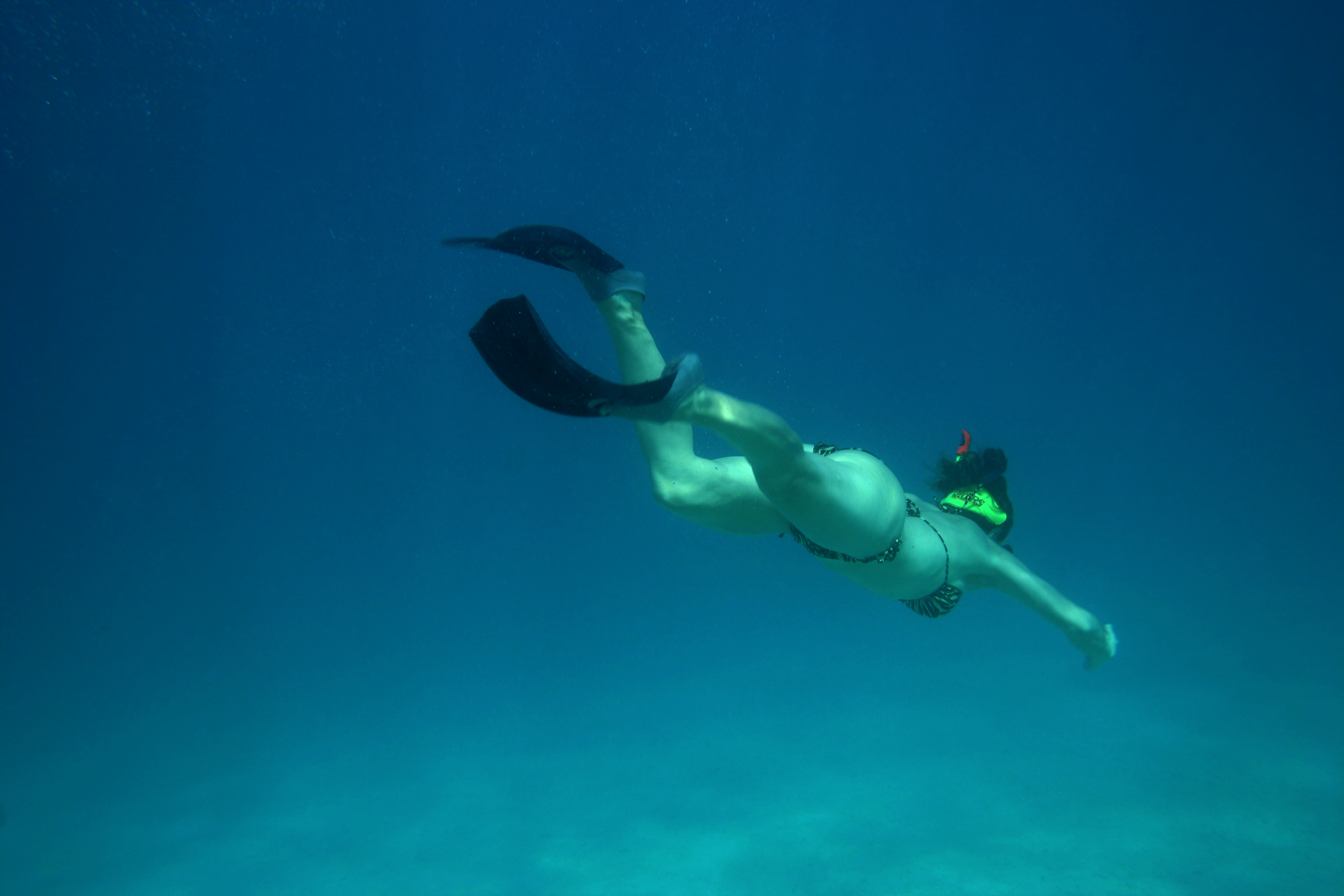
The tourist centre ArchiMete organizes excursions to the most enchanting corners of the Riviera del Corallo (Coral Riviera); click on the nearby icons to choose how to live your experience!
USEFUL INFORMATION AND BOOKING
For information about snorkeling and kayaking tours, please send an e-mail to the following e-mail address: archimete@archimete.it, and specify “Info on snorkeling” or “Info on kayaking” in the subject.
Or, you can directly call the following phone nr. +39.333.6744889 – +39.334.9372278 (opening hours: 9 – 1 p.m. / 2 – 7 p.m.)
Please, before read our privacy policy
The marine protected area
- The coast along the bay of Porto Conte and one of the Spanish towers
- The entrance of the big bay of Porto Conte. In the background Capo Caccia
- Dolphins at Capo Caccia
- Capo Caccia, west coast, and the entrance to the Nereus cave
The tourist centre ArchiMete Sardegna is located in the heart of the Marine Protected Area of Capo Caccia-Isola Piana; a protected reserve created in 2002 with the aim of protecting the natural and faunal heritage, which is unique in the world. Here, in fact, there is the highest concentration of underwater caves in the Mediterranean sea, which were a privileged refuge for monk seals until a few decades ago. Stunning and scenic ravines, rich in underwater flora and fauna, can easily be visited by groups of divers (however, a local diving guide must always be present). The marine area includes the fjord of Porto Conte, which reaches from Punta delle Gessiere on the northern-western side, across to the southern-eastern coast starting at Punta Giglio; ending up at the cape. The area is characterized by imposing chalky capes which rise up from the sea, and which are perfect shelters for birds like the Corsican gull, the Cormorant and the Rare Griffon; a bird which can reach a wingspan of around 3 metres. The marine area is divided into three areas; the “A” area is a full reserve where all activities are forbidden; while in the “B” and “C” areas, transit, diving, snorkeling, and fishing, with the required permit, are allowed.
The creation of the marine protected area meant a real turning point for the repopulation of the entire submarine world of this area.
Fauna: The marine protected area of Capo Caccia-Isola Piana has a fauna heritage which is unique in the world. The geo-morphological characteristics of the territory, specifically cliffs and chalky rocks, encourage the colonies of species such as sponges, lithophagous molluscs, and gorgonians belonging to the Eunicella and Paramuricea clavata species, including the scenic red and violet gorgonian which, in this part of Sardinia, finds its perfect habitat. Also the famous red coral (Corallium rubrum), finds the best conditions to root and grow here, and can easily be spotted in several caves, even at depths which are not so extreme (there are numerous colonies already at 5 metres in depth). A precious resource from a naturalistic standpoint, since coral is a very good environmental indicator; but also for the local economy, which has created a district for the hand-crafted processing of this organism which is unique in the world. This very important and historical element is also represented on the coat of arms of the Municipality of Alghero.
Waters and Caves of the marine protected area are also the perfect habitat for the Mediterranean spiny lobster (Palinurus elephas), companions on every dive in this area; for the red shrimp (Parapandalus narval), and clawed lobsters (Homarus gammarus); and for cicadas (Scyllarides latus) and crabs (Maja squinado). In the meadows of Neptune grass, (Posidonia oceanica) it is easy to spot funny sea horses (Hippocampus) and Pinna nobilis, in addition to cuttlefishes and bottom fishes like gobies, blotched picarels, blennies, marithes, green wrasses and mullets. Instead, the Necton environment offers close encounters with big pelagic fishes such as breams, sea basses, sea breams, groupers, sunfishes, congers and barracudas; the latter is easy to spot when returning from a dive. The protected area of Porto Conte and the steep coast of Capo Caccia are also an irresistible call to big cetaceans, like dolphins and grampus, which are easy to spot early in the morning.
Instead, cliffs and rocks which rise up from the sea, are the privileged refuge of several species of marine birds, like the Corsican gull (Ichthyaetus audouinii), the shag (Phalacrocorax aristotelis), the Cory’s shearwater (Calonectris diomedea), the shearwater (Puffinus puffinus) and the storm petrel (Hydrobates pelagicus).
Flora: The area protected by the Regional Natural Park of Porto Conte presents rich and flourishing greenery, and maquis, which alternate with forests of oaks (Quercus ilex); often rising up from the sea. The underwater world is rich in several species of brown and green algae, while sandy sea beds are dominated by meadows of Neptune grass (Posidonia oceanica). The nearest stretches of coast close to the river, on the contrary, see the flourishing of algae belonging to the Caulerpa and Cymodocea families.
Other informations
Search
Category
Tag Cloud
Archive
Febbraio 2022 (1)
Gennaio 2018 (1)
Maggio 2016 (1)
Gennaio 2016 (1)
Giugno 2015 (1)
Marzo 2015 (1)
Febbraio 2015 (1)
Ottobre 2014 (1)
Maggio 2014 (1)
Gennaio 2014 (1)
Ottobre 2013 (1)
Giugno 2013 (1)
Aprile 2013 (1)
Marzo 2013 (1)
Dicembre 2012 (1)
Settembre 2012 (1)
Agosto 2012 (1)
Febbraio 2012 (1)
Gennaio 2012 (2)
Dicembre 2011 (3)
Novembre 2011 (2)
Archimete 2.0

Questo opera è distribuito con licenza Creative Commons Attribuzione - Non commerciale - Condividi allo stesso modo 3.0 Unported.




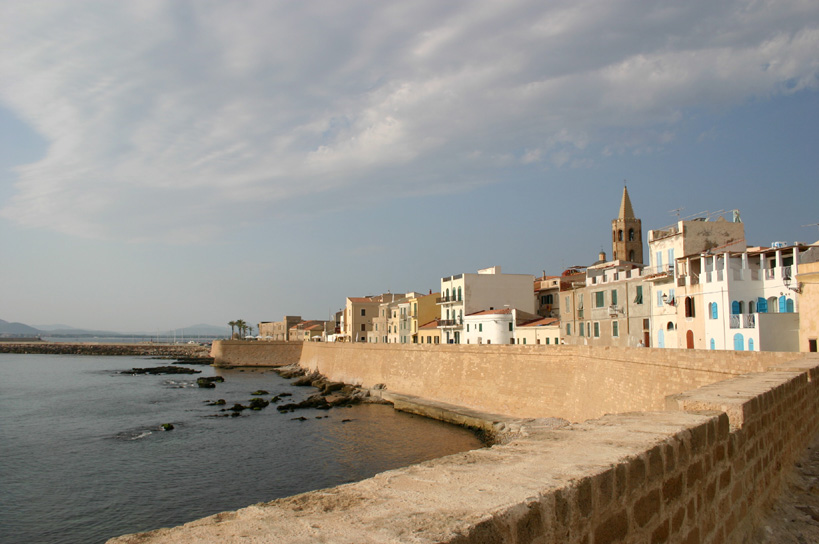


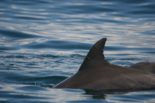
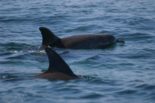
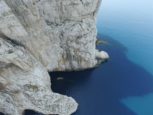

 RSS Blog
RSS Blog





